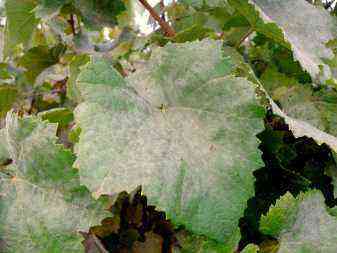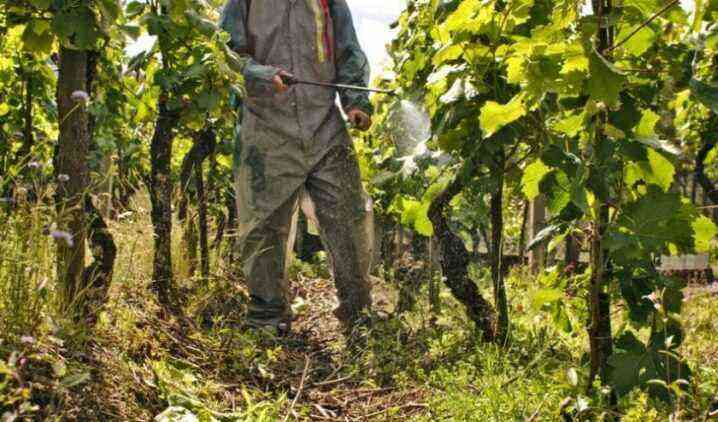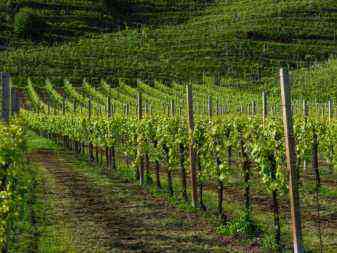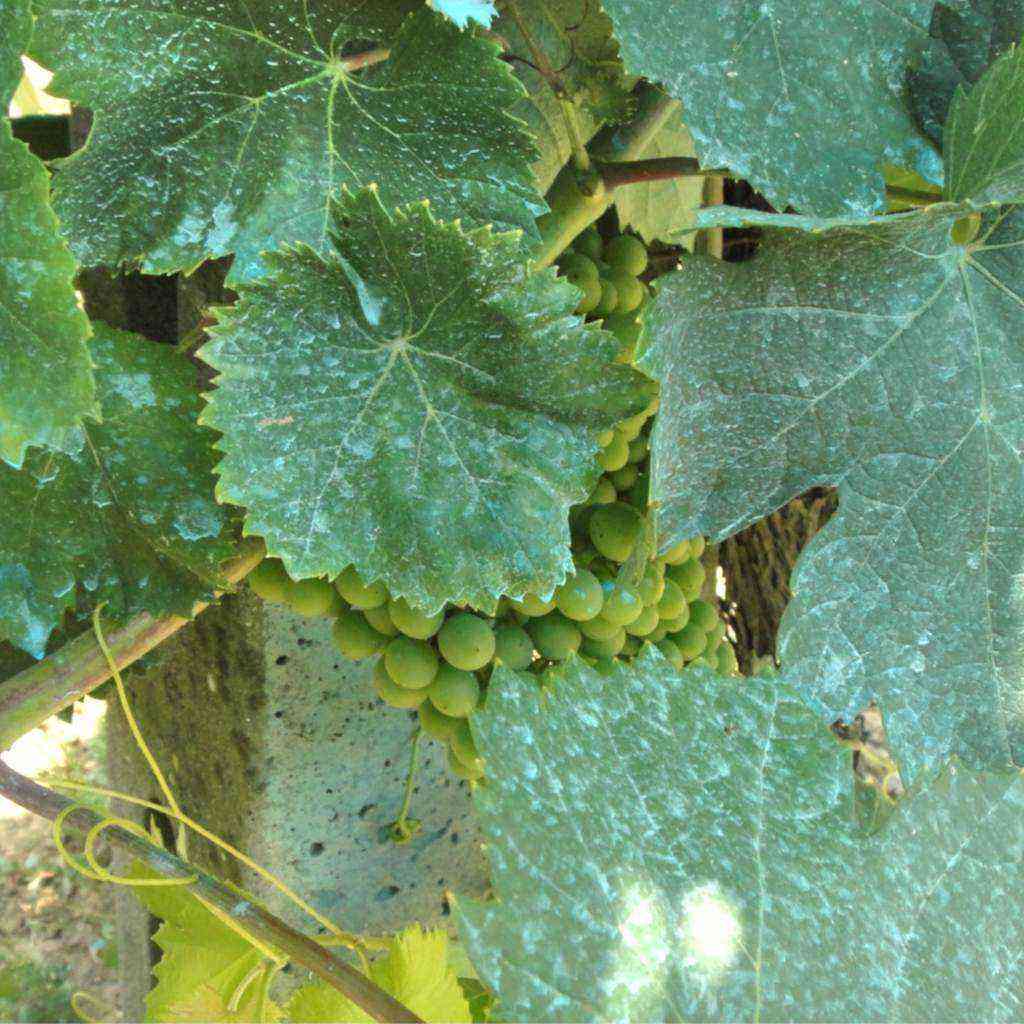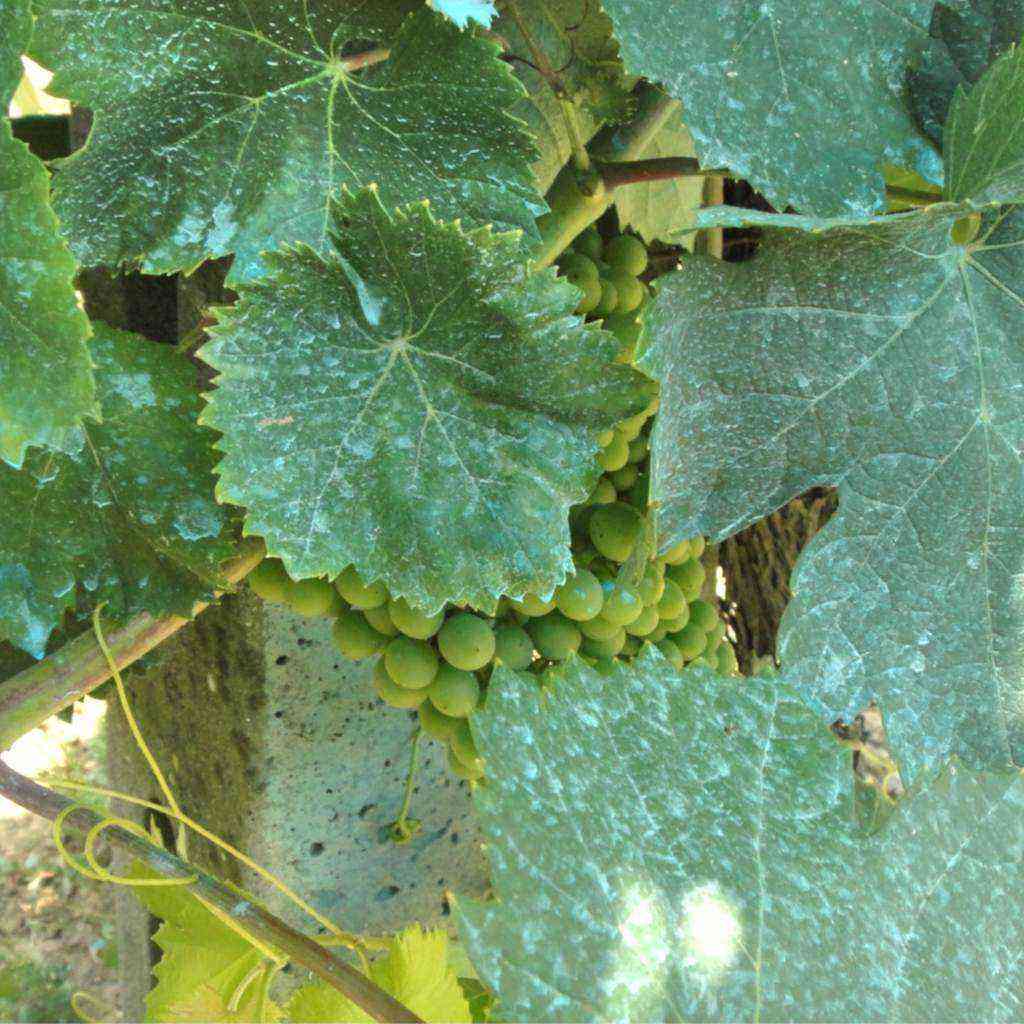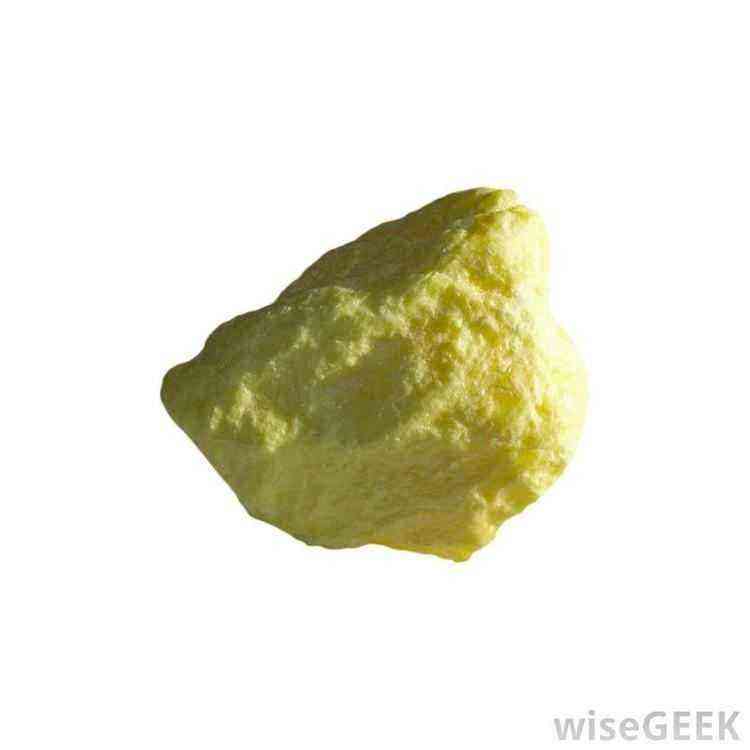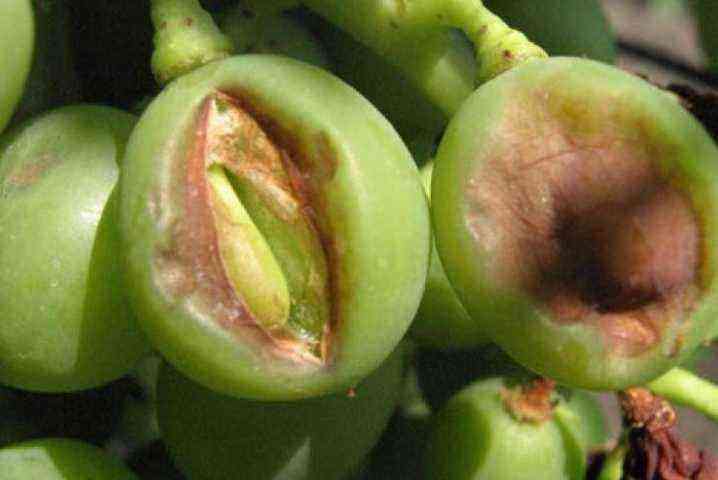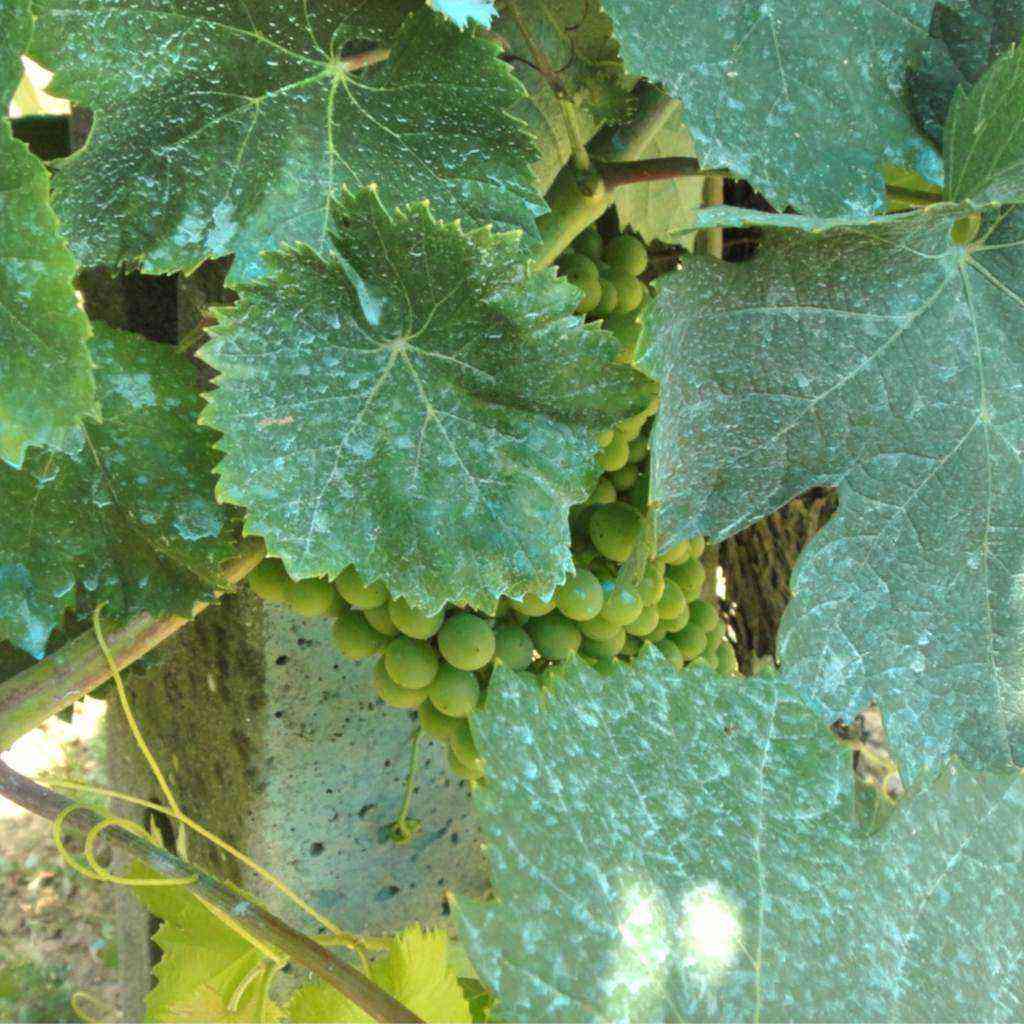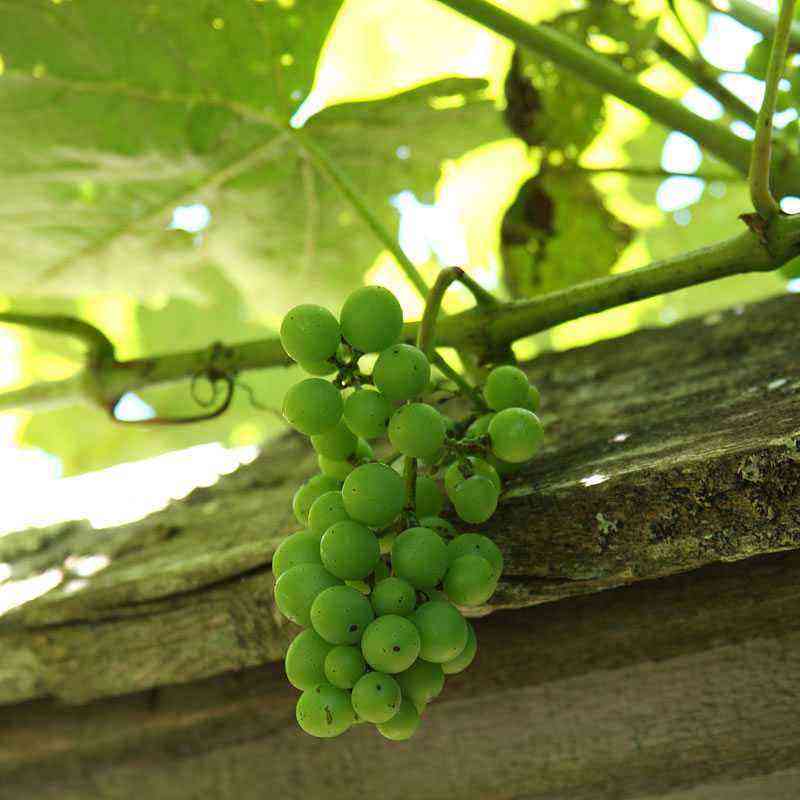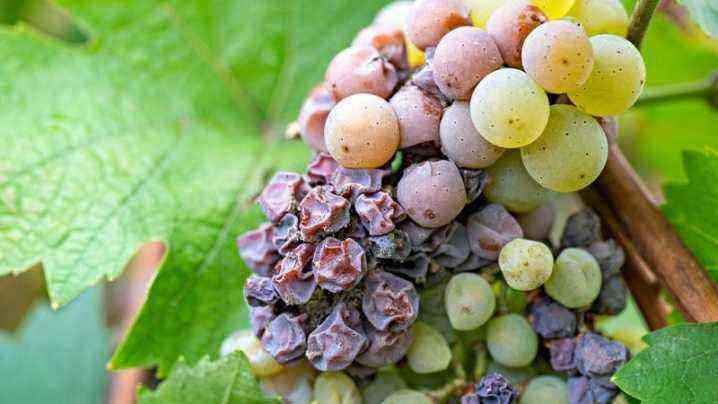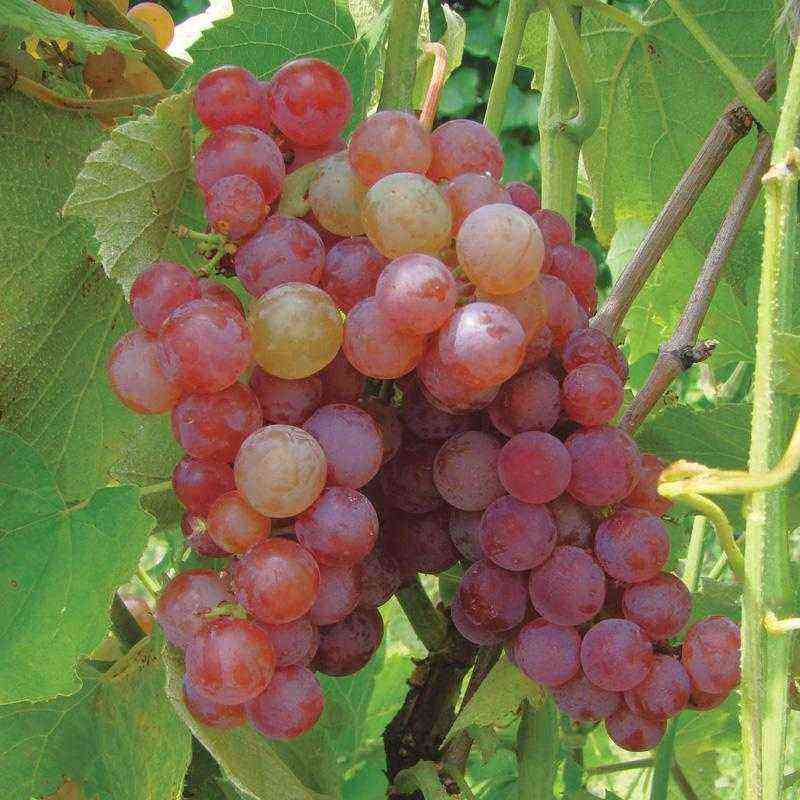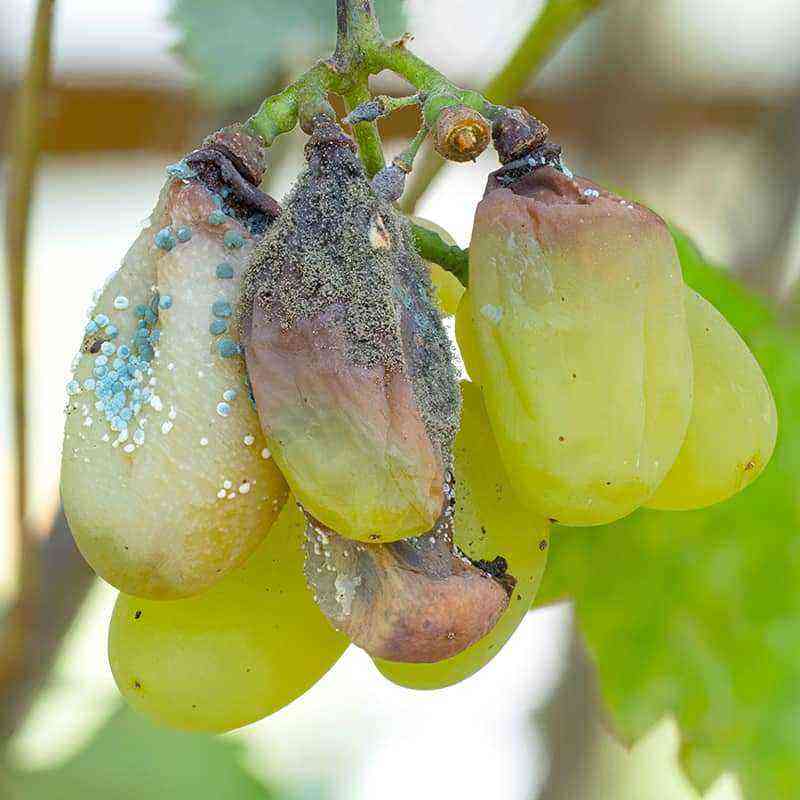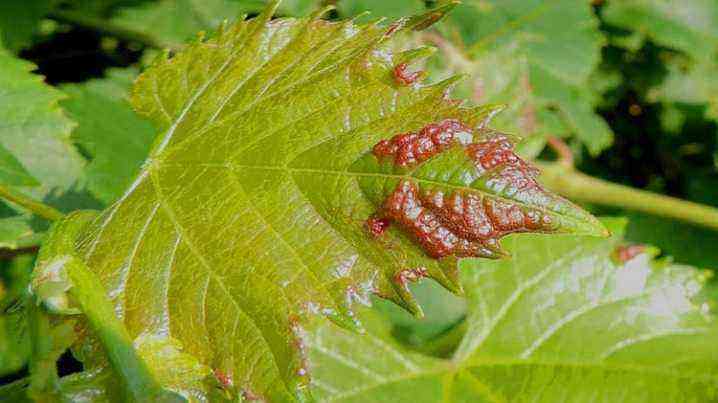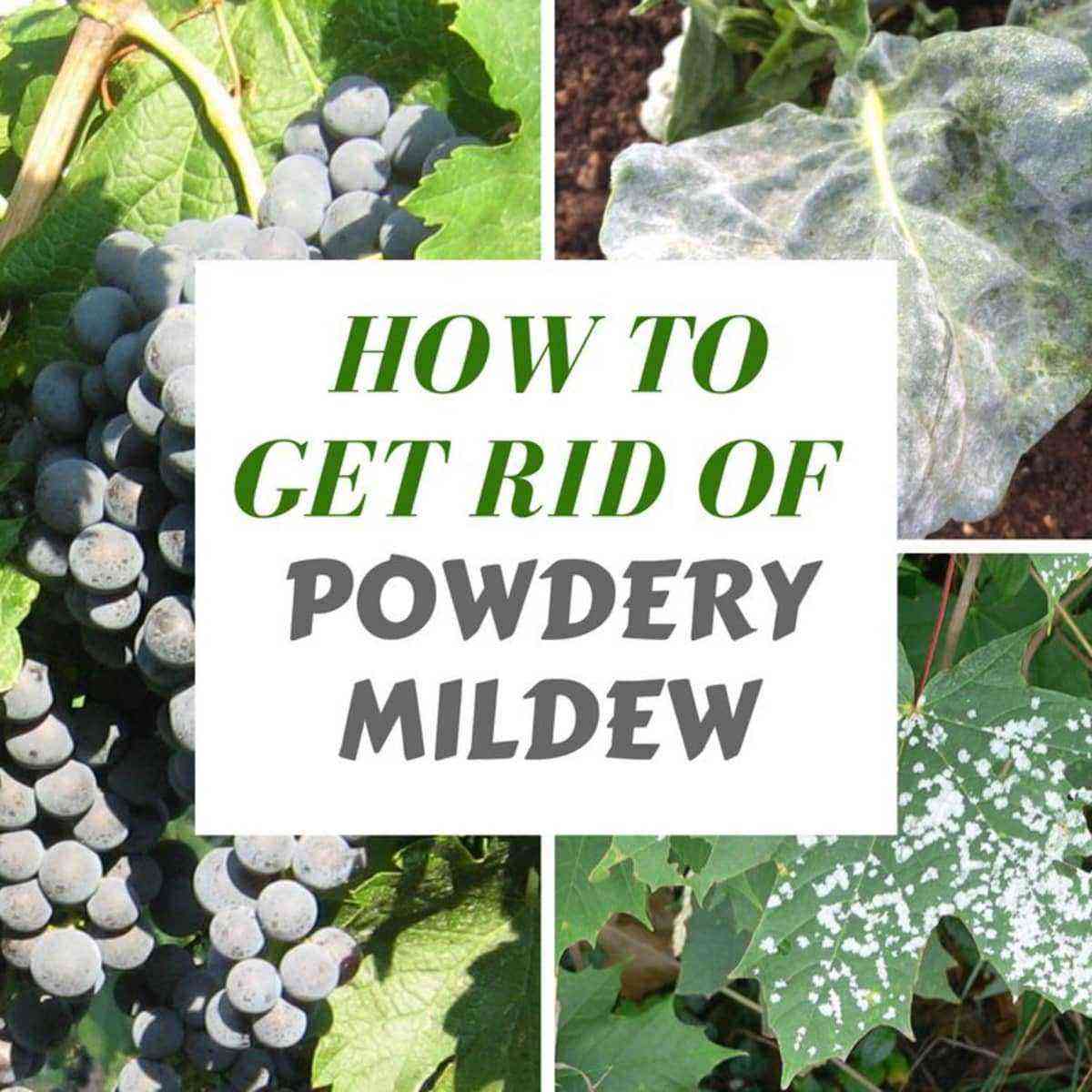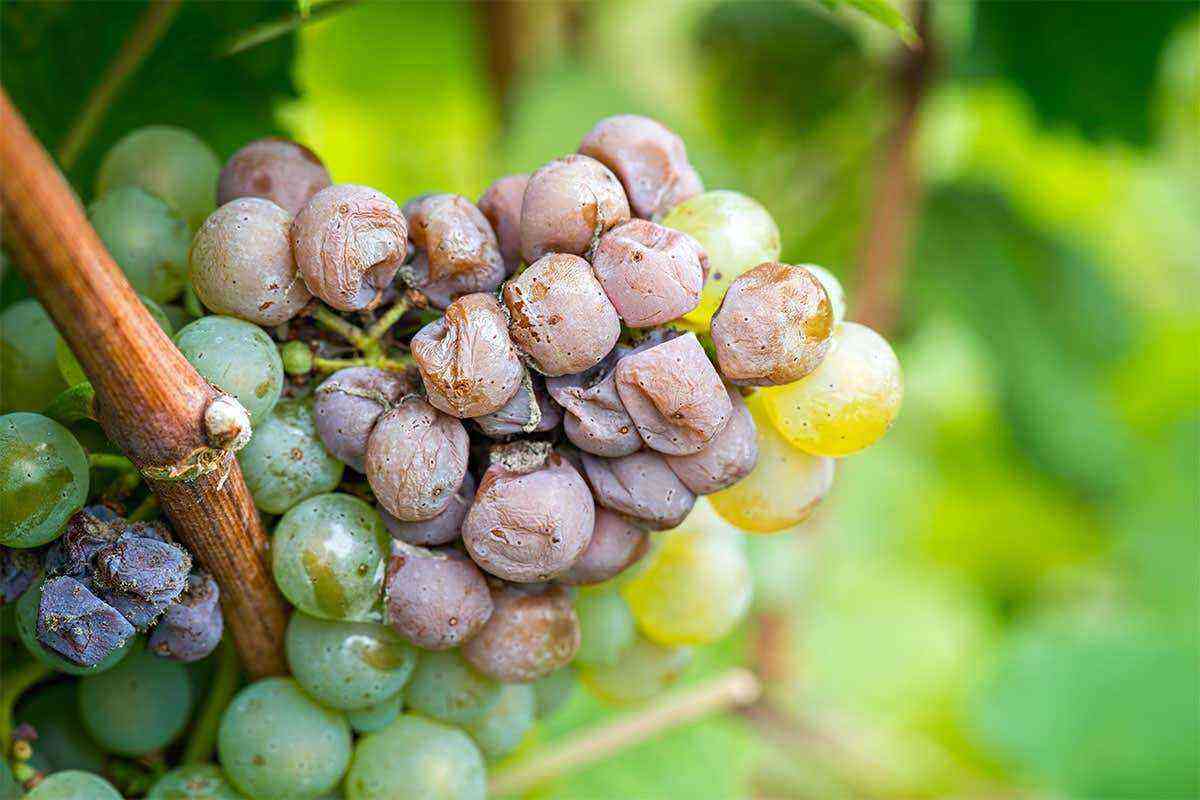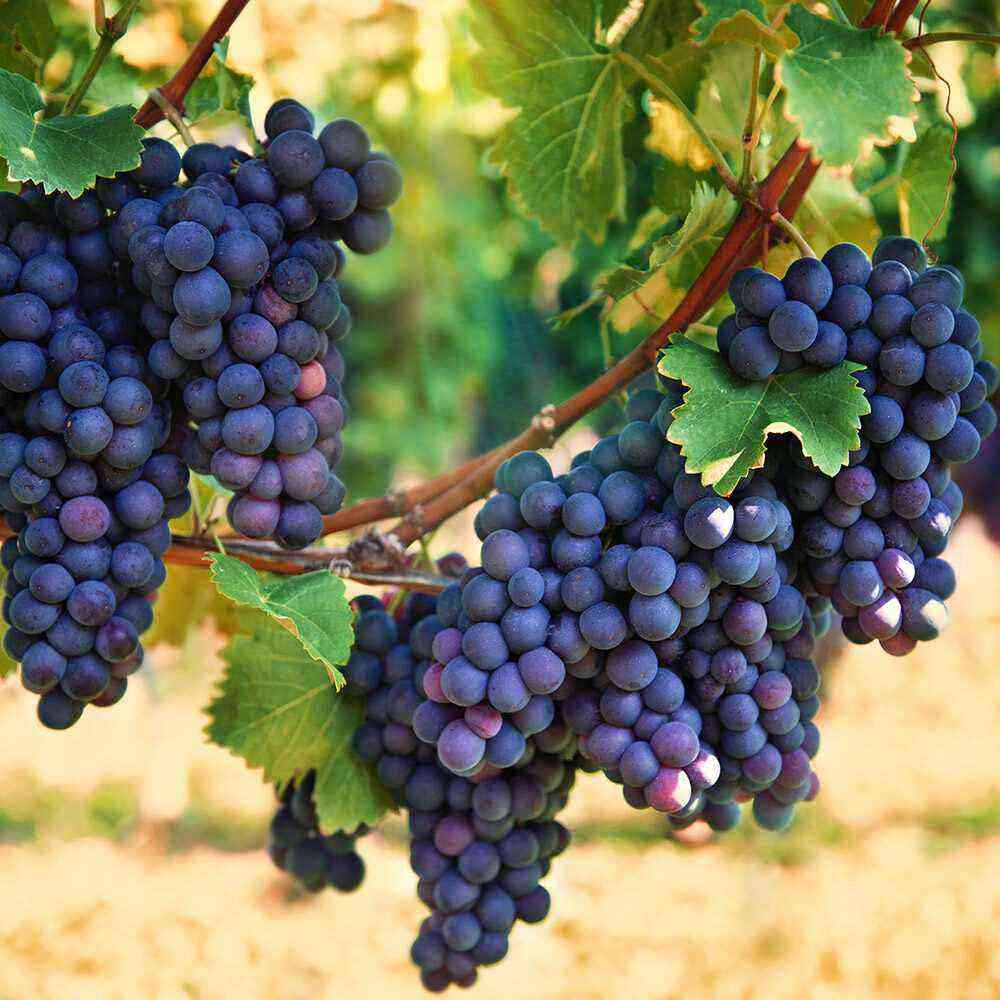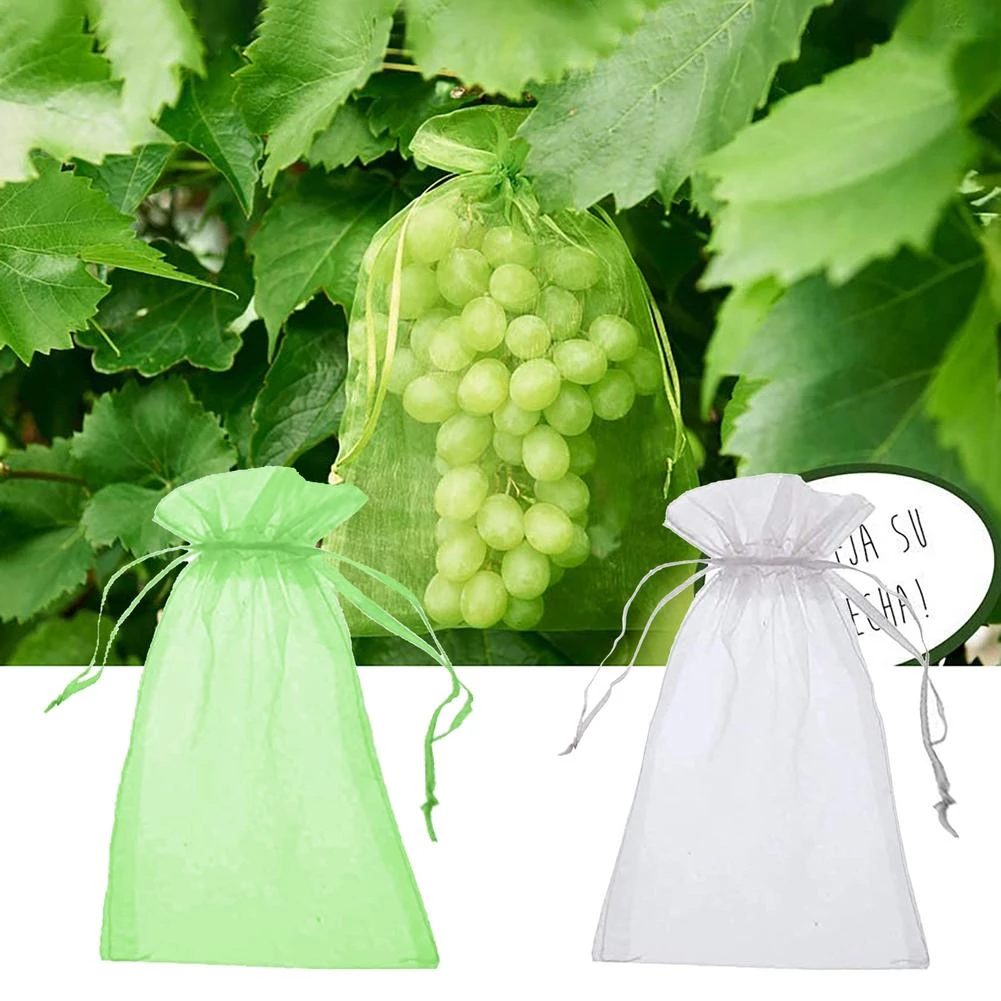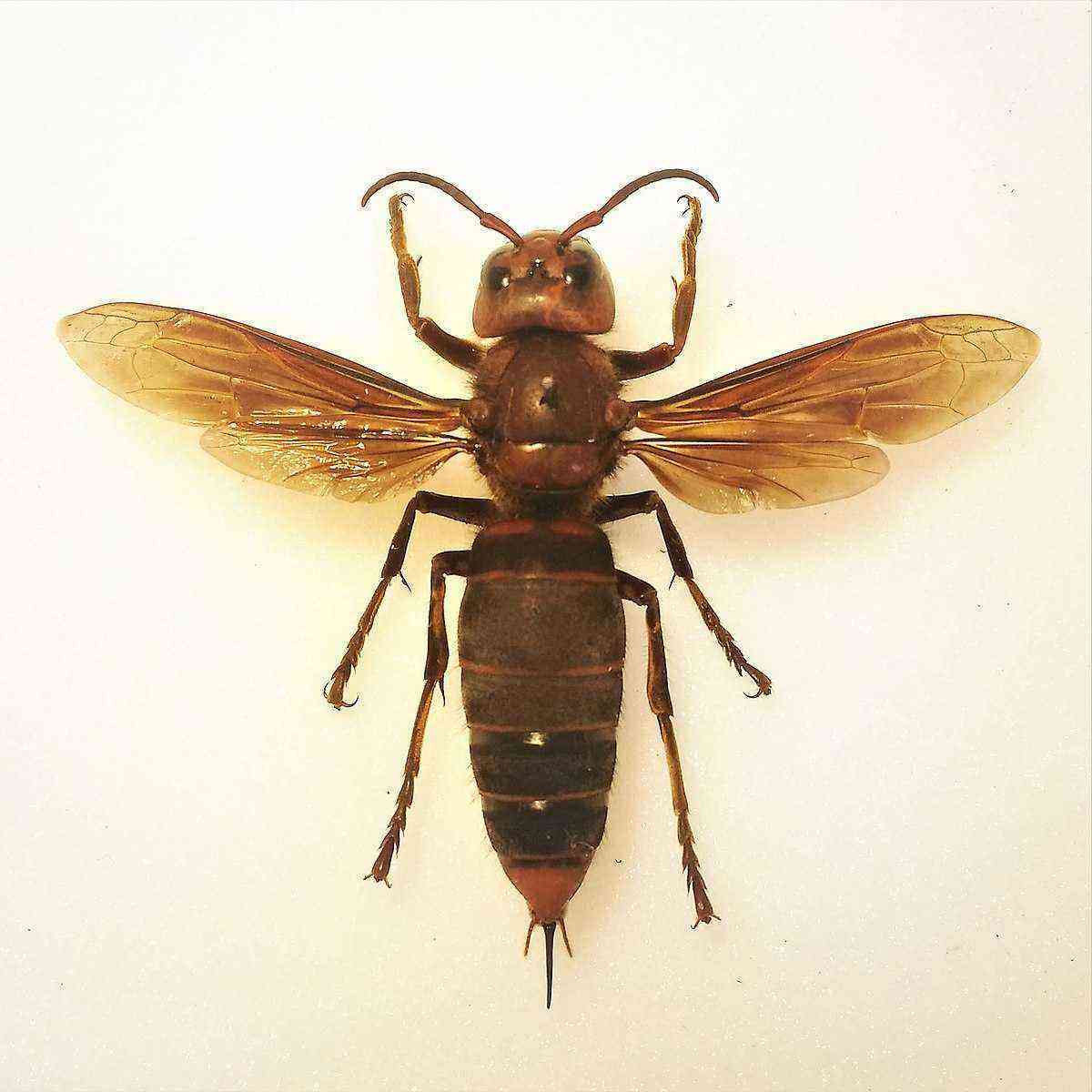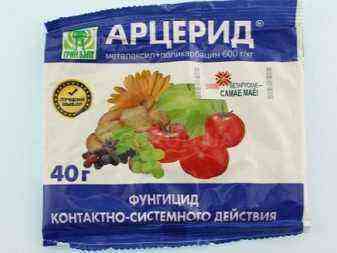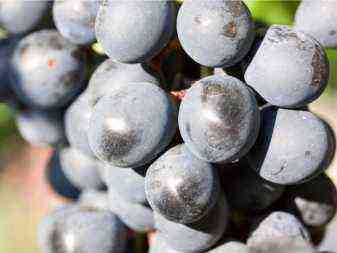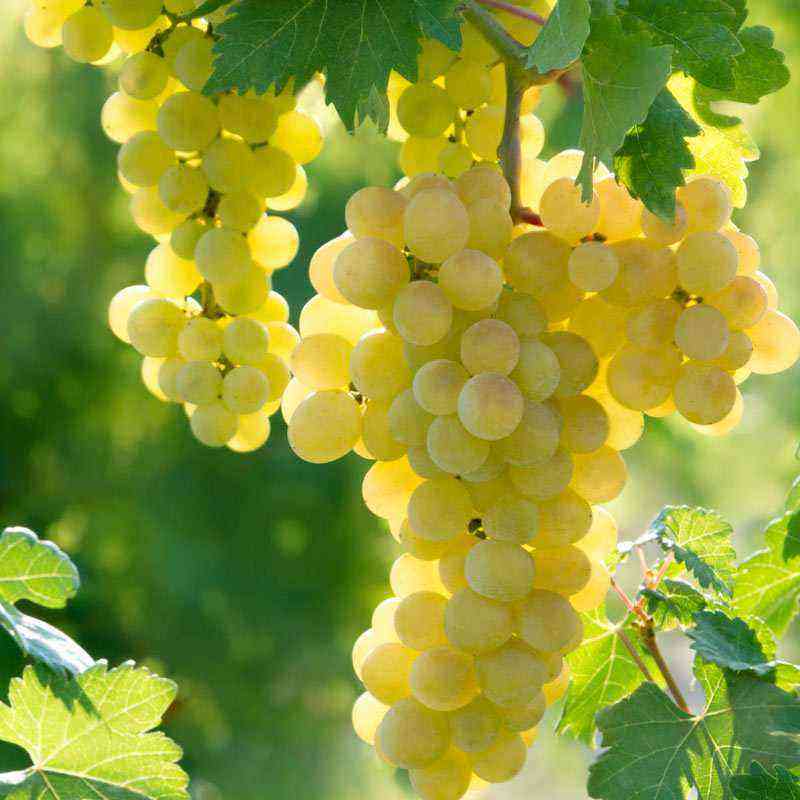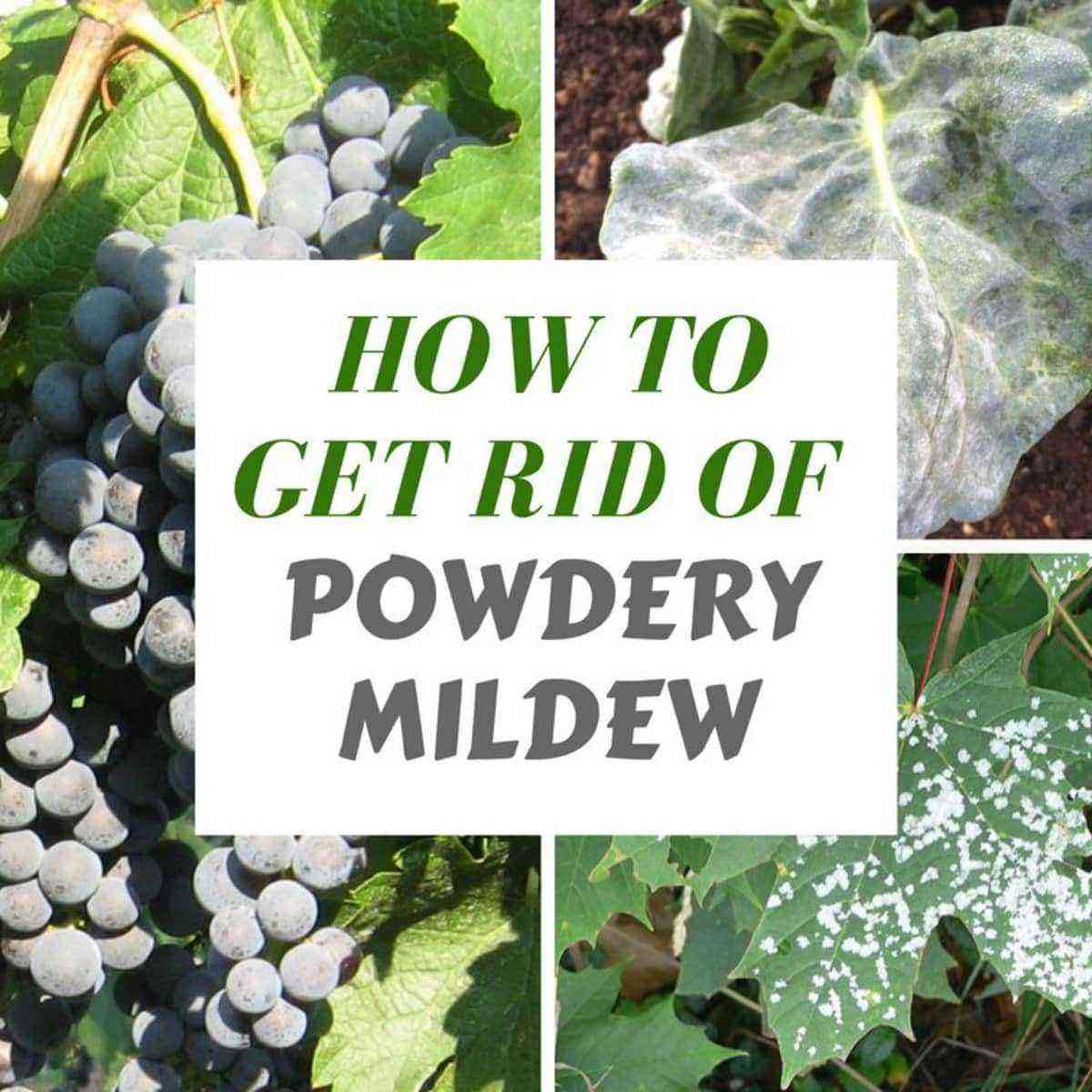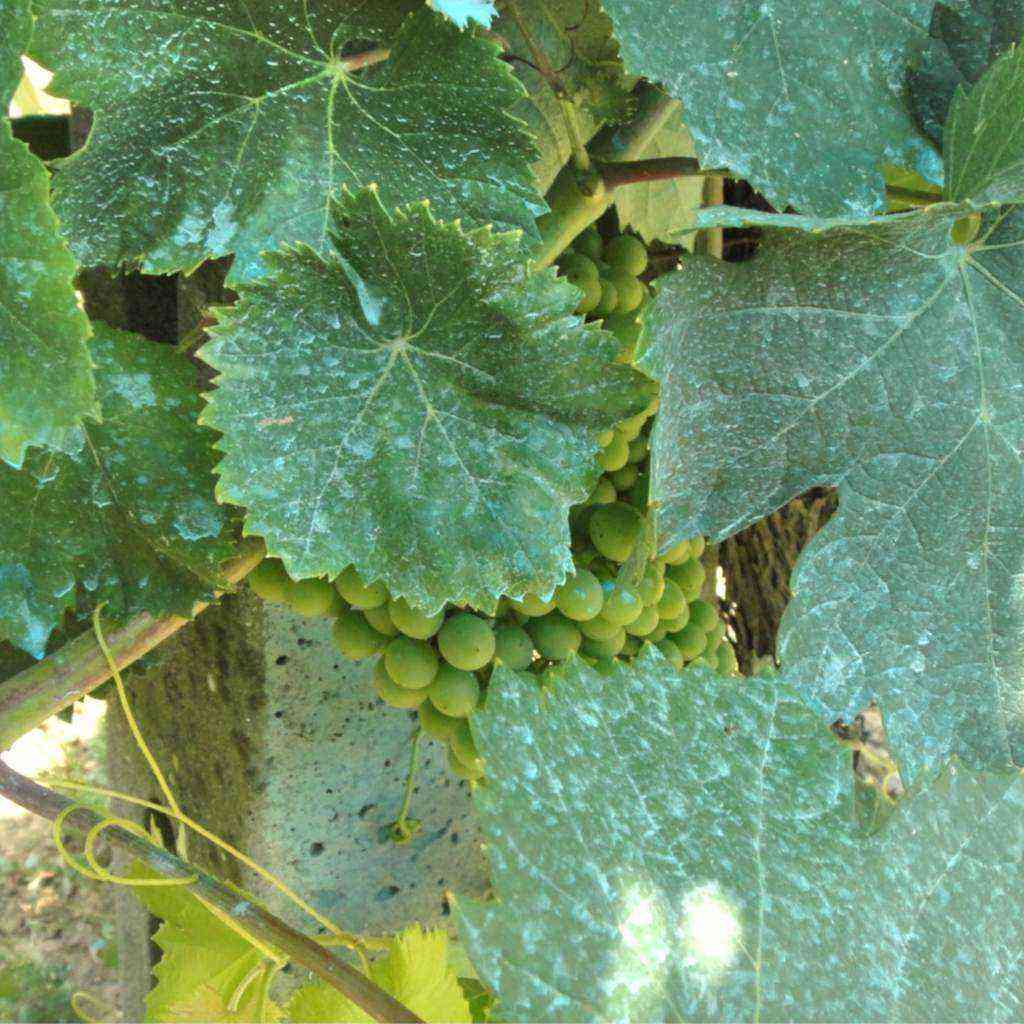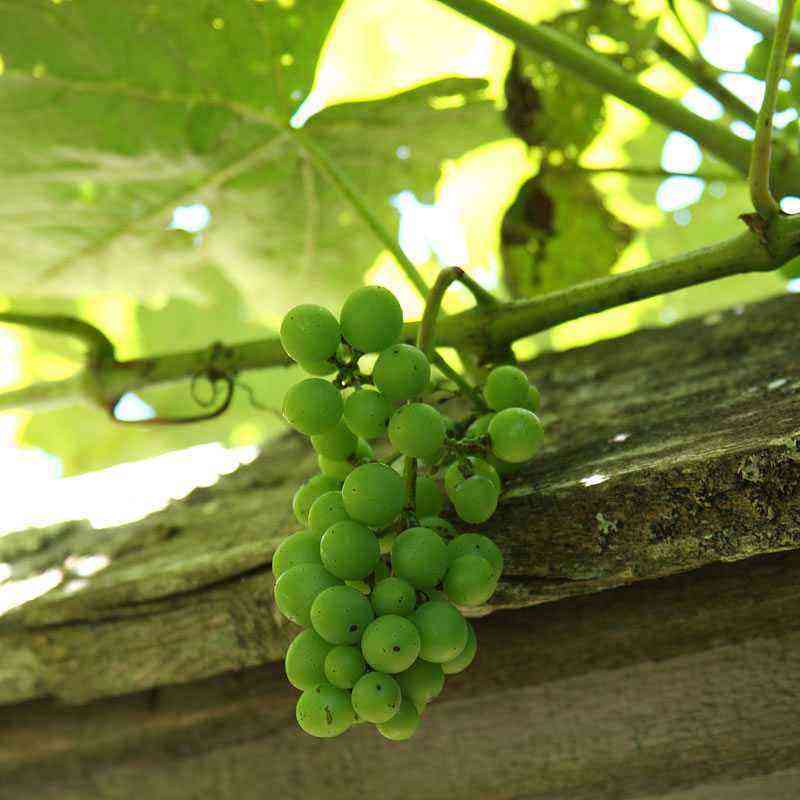Mildew is a common disease that often occurs in vineyards. About how it looks, and how to treat it, we will tell in the article.


Description of the disease
Mildew is one of the fungal diseases that can often be seen in most grape varieties.. This disease is also called downy mildew, mold or rust. The causative agent of this disease is the fungus Plasmopara Viticol. It was first discovered in North America, which happened in the XNUMXth century. At the end of the century, the disease declared itself in European territories. Until the XNUMXth century, this infection could destroy most of the grapes, which continued until chemicals were invented to combat it, after which gardeners were able to fight the virus themselves.

Mildew has several stages of development, and each stage has its own characteristics.. The first stage – mycelium. She is the first, at this time the fungus spreads. Fruiting bodies increase due to the high level of moisture, after which they burst, and then they are carried by the wind. The second stage is called conidial. During this period, the spores of the fungus fall on the landing and, having settled there, begin to gradually develop. This phase passes quite quickly, most often it ends before the grapes begin to bear fruit and their fruits ripen. Next comes marsupial stage. It will be hard not to notice her. At this phase of the development of a fungal infection, the foliage that was affected by the virus is covered with a noticeable coating and yellowish spots. Further, on the same sheets, fruiting bodies begin to form, in which there are spores, which occurs somewhere in July or August. At the end of summer, they shift to healthy seedlings.
Mildew affects almost the entire plant, bypassing only the root system. This is a harmful and tenacious infection, the causative agent of which easily tolerates both high temperatures and frost. Often it stays for the winter in the ground or on fallen leaves, where it spends the winter. Its life span is from 2 to 5 years.
In one season alone, it can produce about 20 generations of spores that can travel up to 100 kilometers.
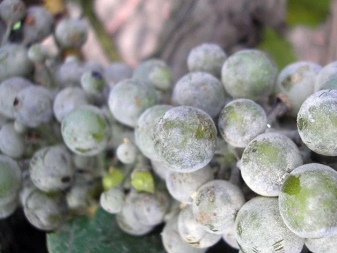
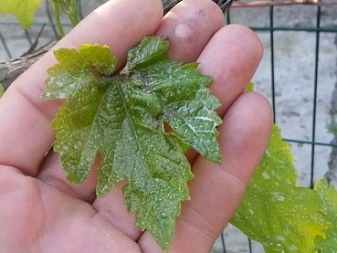
Causes and signs of damage
First of all, let’s talk about the reasons for the defeat of grapes by such a fungal disease as mildew. The main reason is most often an improperly organized vineyard. So, the disease can occur in cases where the place for planting grapes is chosen incorrectly and is too shaded. Another reason is the dense plantings, which interferes with normal air circulation. The lack of a normal distance between grape bushes leads to excessive planting density and lack of ventilation, which subsequently leads to the development of fungal diseases.
The cause of the disease can also be an incorrectly selected grape variety that does not have strong immunity and is very susceptible to this kind of disease. This also includes the use of weak planting material, which in the future is unlikely to be able to resist the fungus. The lack of regular and high-quality care can also lead to the appearance and spread of a fungal infection. Good care means thinning the plant, carrying out autumn pruning and other measures to form a bush, as well as observing preventive measures, getting rid of weeds and the remnants of old foliage. If all this is absent, then the disease will not be long in coming.
Top dressing is another reason for the defeat of the vineyard by the disease.. And here we mean not only the deficiency of any useful trace elements, but also their excess. For example, the cause of mildew may be too much nitrogen in the soil, as well as a lack of potassium and other substances necessary for the plant. Weather conditions also have an impact on the emergence and further spread of the disease. A high level of humidity and heat ranging from +8 to +30 degrees – it is in such conditions that the fungus begins to develop. Drought and temperatures of +30 degrees and above, on the contrary, inhibit the spread of fungal disease.
Now let’s talk about the signs of the disease. The first thing to pay attention to is the presence of plaque on the leaves, which has a thickness of 1 millimeter. Usually they cover the entire plate of the leaf of the plant that is sick. With the development of the disease, yellow spots form on the foliage, subsequently the leaves simply wither and fall off. Spots can also be seen on the berries themselves. At first they are light, and then they change color to a darker one. The taste qualities of the berries also noticeably deteriorate, the taste becomes bitter. The number of berries is also reduced. The level of fruiting in this disease can be reduced by 60% or more.
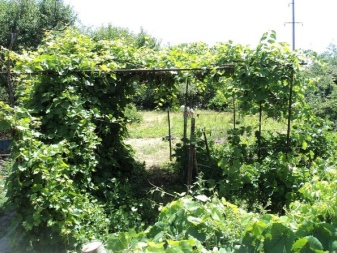
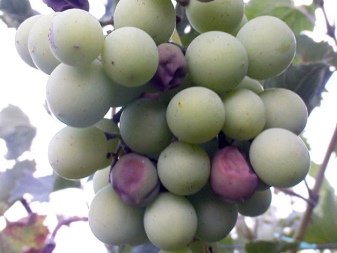
Preparations
Preparations
Chemical preparations are the most effective in the fight against various infectious diseases, using them is the best solution, especially when it comes to advanced cases. Despite the effectiveness and speed of action, chemicals have significant drawbacks. They are quite toxic, and therefore, if used improperly, they can harm both the plant and the person himself. In addition, the first treatment for the disease must be carried out before the flowering of the plant. During the collection of grape juice and its intensive growth, it is impossible to spray the plant with fungicides.
So, for the treatment of grapes against mildew and its treatment, the most commonly used means such as “Fitosporin”, “Khom”, “Baikal”, “Consento”, “Topaz”, “Profit Gold”. It is necessary to carry out spraying with these drugs strictly according to the instructions, observing their dosage. At the same time, you must follow safety precautions and use protective equipment, including a respirator, goggles, rubber gloves and a protective mask.
It is desirable to process the plant in calm and dry weather, while the interval before watering the planting should be at least an hour – so you reduce the likelihood of plant burns. To see the best effect from the use of these drugs, it is recommended to alternate them.
It is allowed to process the vineyard with this kind of means no more than 5 times during the entire season.
Folk remedies
Folk remedies are also very popular with summer residents. They are easy to use, completely harmless to humans and quite economical, you can make them yourself at home. However, it should be taken into account that in cases when the disease is started, it is urgently necessary to apply the most effective control measures, folk remedies will not work here. The plant can be treated with such solutions either as a preventive measure or in order to eliminate a fungal disease in the first stages of its development and spread.
Now let’s talk about the recipes themselves. So, for one of the solutions, you can use ordinary soda and potassium permanganate. The method of preparing the mixture is simple. You will need 5-6 grams of potassium permanganate, 60-70 grams of baking soda and 10 liters of water. All this must be well mixed, after which it is possible to spray the plantings. Suitable for disease control and tincture based on onion peel. You will need a container that needs to be half filled with the main component, and the remaining space filled with water. All this should be boiled for about half an hour, then left to infuse for a day. After this time, you need to add a tablespoon of honey to the solution, mix it and strain. After that, it can be used on plants.
Another effective remedy in the fight against fungal disease This is a garlic tincture. You will need 200 grams of the main component, which must be crushed and poured with a liter of water. All this should be infused for a day, after which 2 large tablespoons of salt, 50 grams of grated soap and 5 grams of potassium permanganate should be added to the mixture.
The mixture must be thoroughly mixed and add enough water to it so that the volume of the solution is 10 liters.
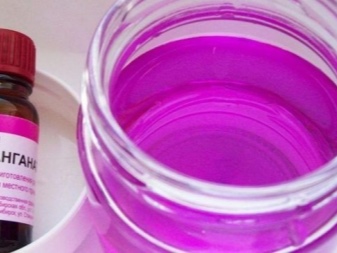
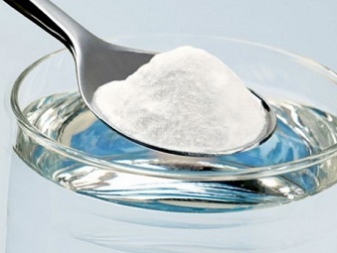
You can also do solution using iodine, baking soda and potassium permanganate. To prepare such a remedy, you will need 5 tablespoons of baking soda, 10 liters of water, 20-30 drops of iodine, depending on the degree of infection, and 5-6 grams of potassium permanganate. In order for a protective film to form on the plant after treatment, another 50 milliliters of liquid soap must be added to the solution, after which it must be mixed well and used for processing.
Another good component for the solution – it’s wood ash. It is effective not only as a top dressing for plants, but also in the fight against a wide variety of fungal diseases and harmful insects. For the solution, you will need 350 grams of the main component, which you want to pour boiling water over, all this must be mixed well and given a few hours for tincture. For the density of the liquid, you can drop 70-80 milliliters of soap there. Further processing can be carried out, it is desirable to do this either in the evening or in the morning with an interval of 30-40 days.
In addition, many gardeners recommend plant dill near grapes. This plant can not only prevent the appearance of this fungal disease, but also repel many parasitic insects with the help of its smell. You need to plant it at a distance of 30-50 centimeters from your vineyard.
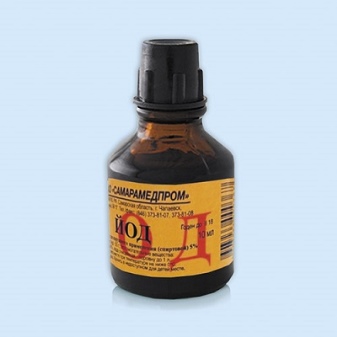
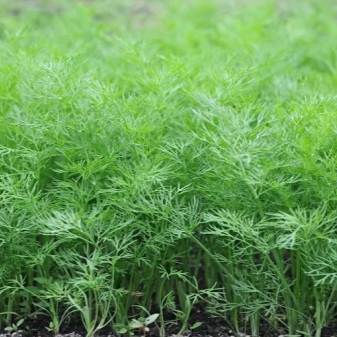
Agricultural techniques
Agricultural practices are more likely to be preventive in nature. Their systemic use will help reduce the risk of occurrence and spread of the disease to a minimum. So, first of all, plants should be placed in those areas that are well lit by the sun. You need to plant grapes so so that there is a certain distance between its bushes, which will ensure normal air circulation.
When a disease occurs, it is necessary to immediately eliminate the affected areas of the planting. It is also necessary to carry out the garter, pruning and pinching of grape bushes in a timely manner. In addition, to increase the immunity of the plant and its resistance to various diseases, it must be supplied with nutrients and microelements, in every possible way avoiding their deficiency or excess.
Particular attention should be paid to top dressings with a high content of phosphorus and potassium.
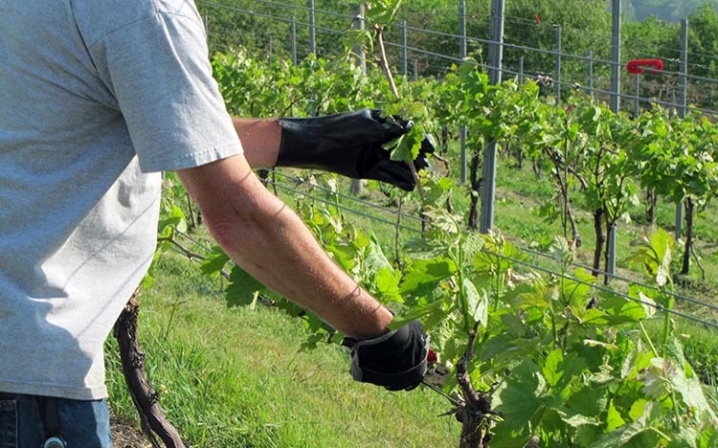
Preventive measures
Compliance with preventive measures will help ensure that your plant is fully protected from mildew and other diseases. So, initially it is necessary to regularly check the vineyard for the presence of symptoms of a particular disease. When they are detected, the affected areas should be immediately eliminated and burned, and the healthy part should be carefully processed.
After the final harvest, you need to get rid of all plant residues, as they could have a virus that could eventually move to healthy areas of the grapes. Before wintering, the landing must be treated with iron sulphate for prevention. In summer, especially in hot weather from +8 to +30 degrees, you need to carefully control the watering of the plant. In no case should excess water be allowed, since heat and a high level of humidity are the most favorable conditions for the development of fungal diseases. At the same time, during irrigation, water should not be allowed to enter the grape leaves and shoots, otherwise there is a risk of the plant getting burned.
For planting grapes, you must use a healthy seed option.. It is also recommended to take a closer look at those plant varieties that are highly resistant to various diseases, including mildew. This will not be able to protect your vineyard 100%, but with quality care and preventive measures, it will significantly reduce the likelihood of disease.
In addition, you need to regularly get rid of weeds and harmful insects, which are often carriers of various diseases.
Sustainable varieties
Unfortunately, there are no grape varieties that would be XNUMX% resistant to mildew disease. However, there are those who are able to resist the disease. So, the most resistant are such grape varieties as “Vitis Riparia”, “Clerette Bulbas”, “December”, “Arched”. I have medium resistance varieties such as Bianca, Moldova, Victoria, Augustine, Timur, Arcadia, Talisman, Laura, Danko, Rusmol, Viorica, Muromets and Riesling Magarach”.
For information on how to treat mildew on grapes, see the following video.
